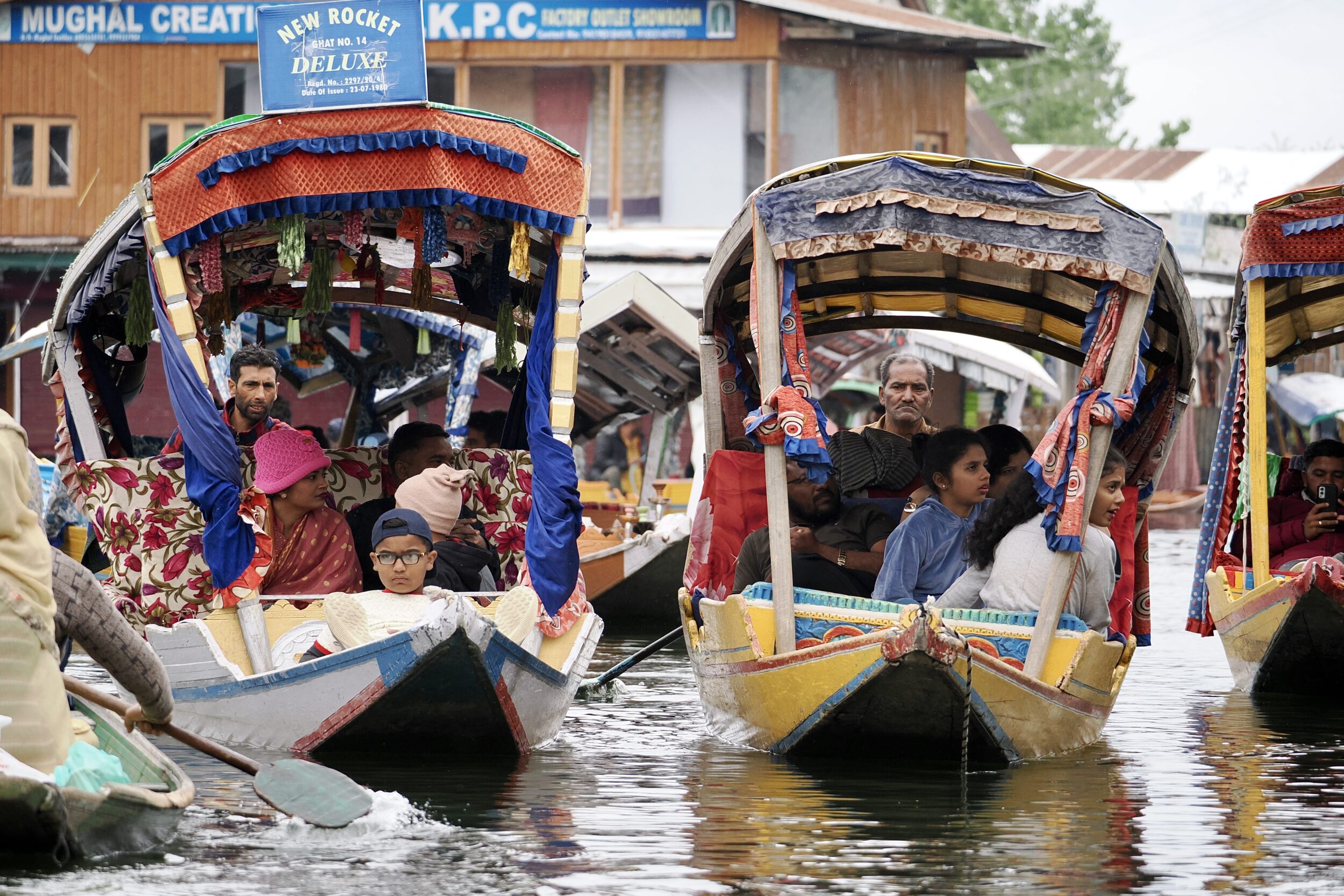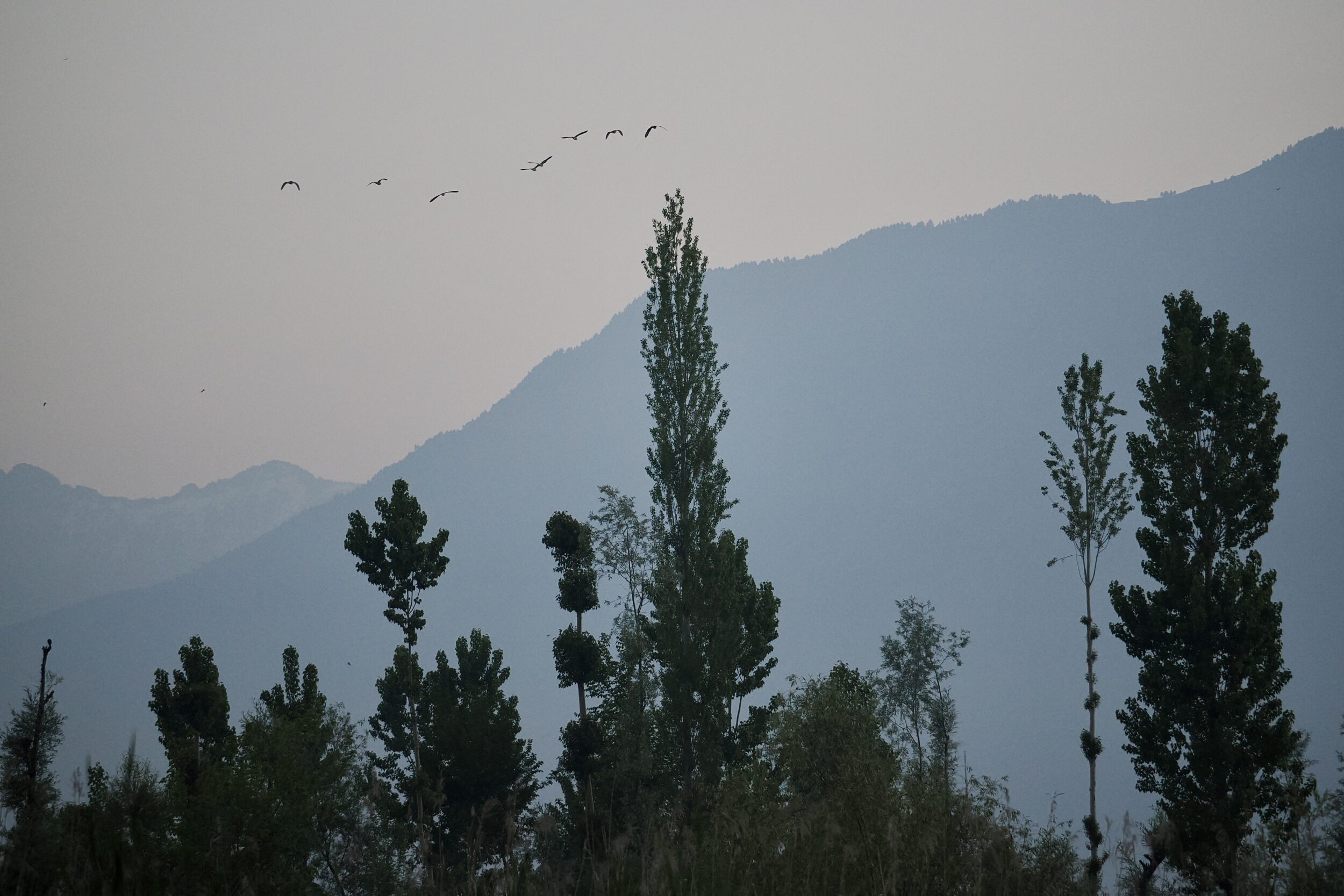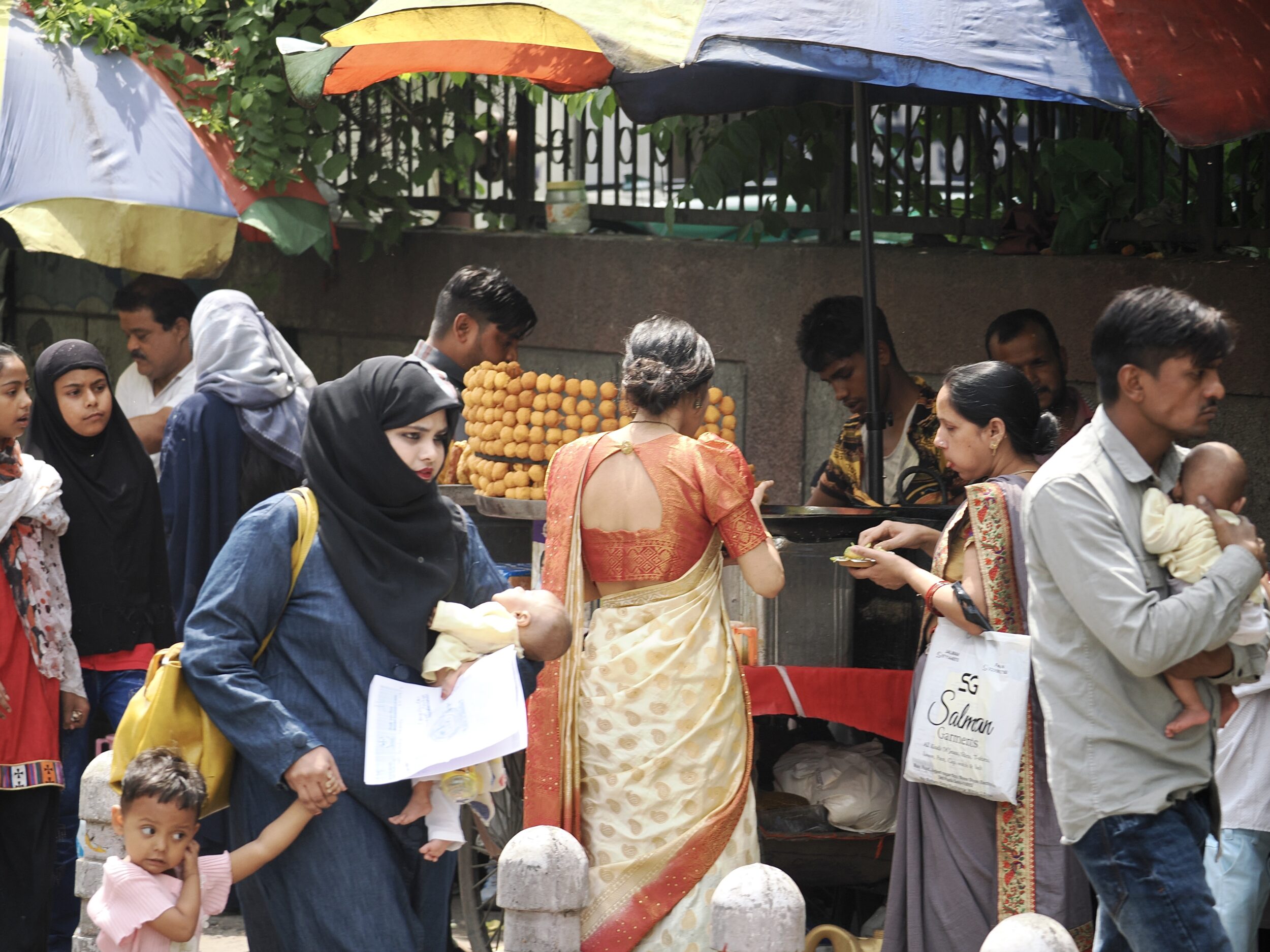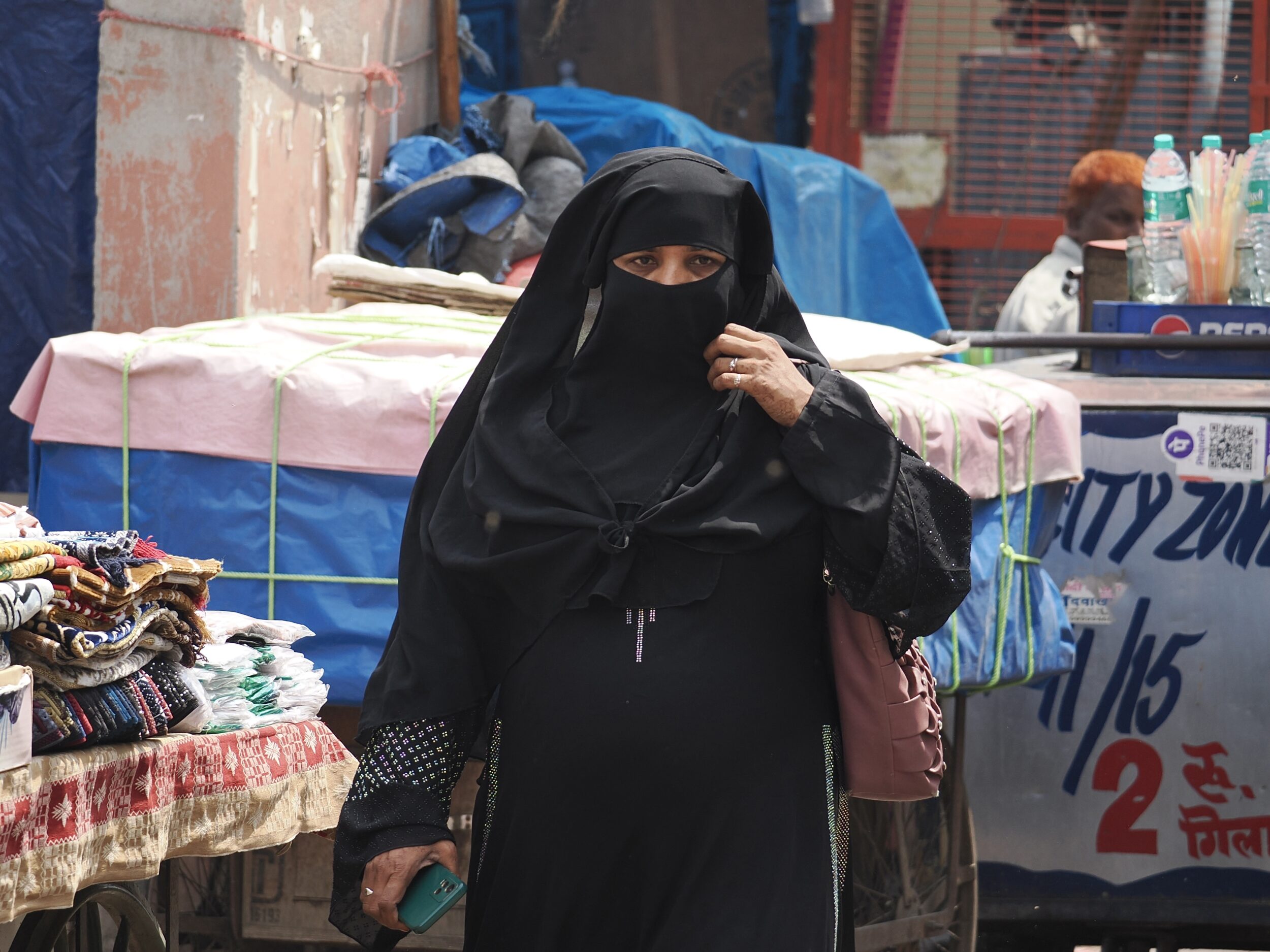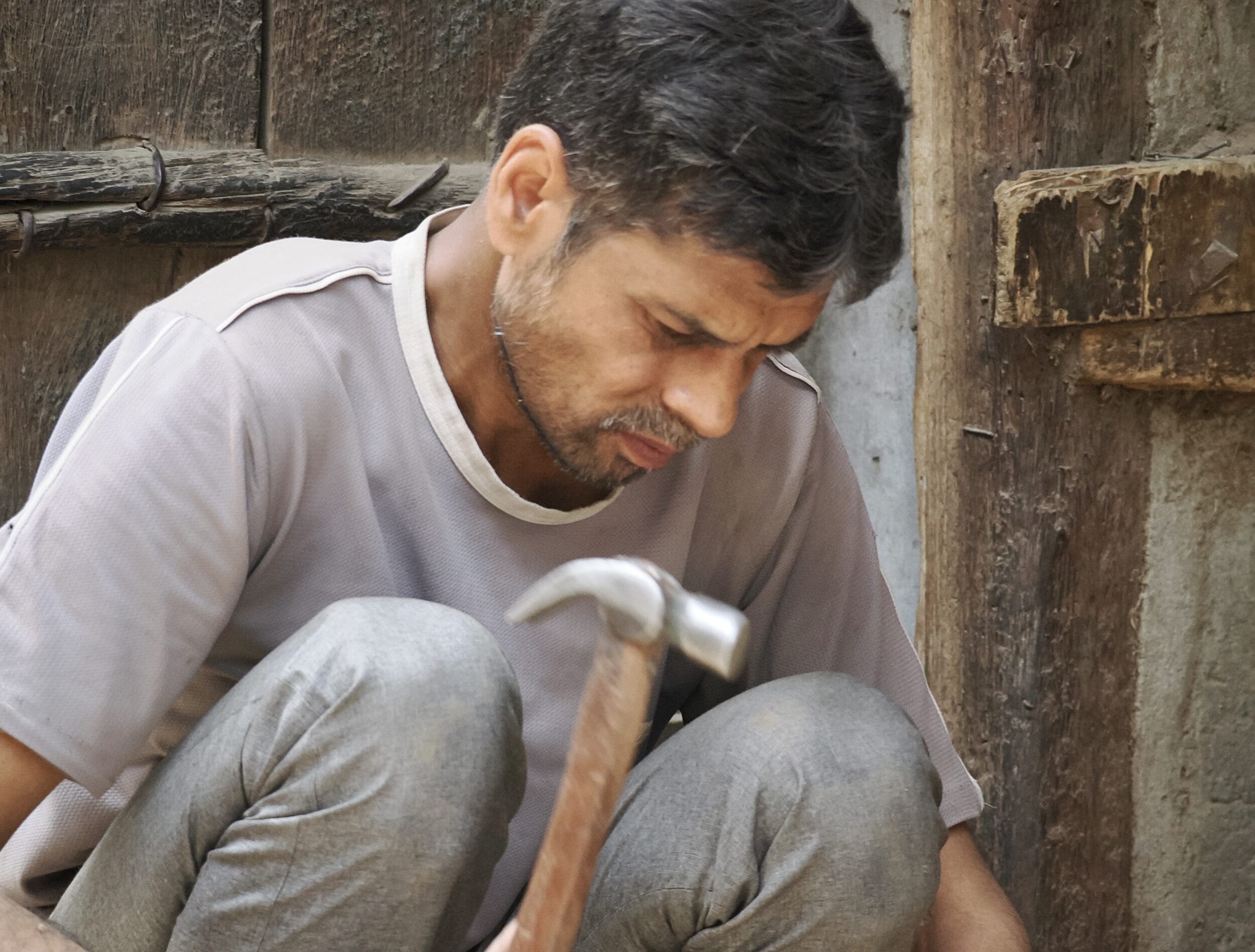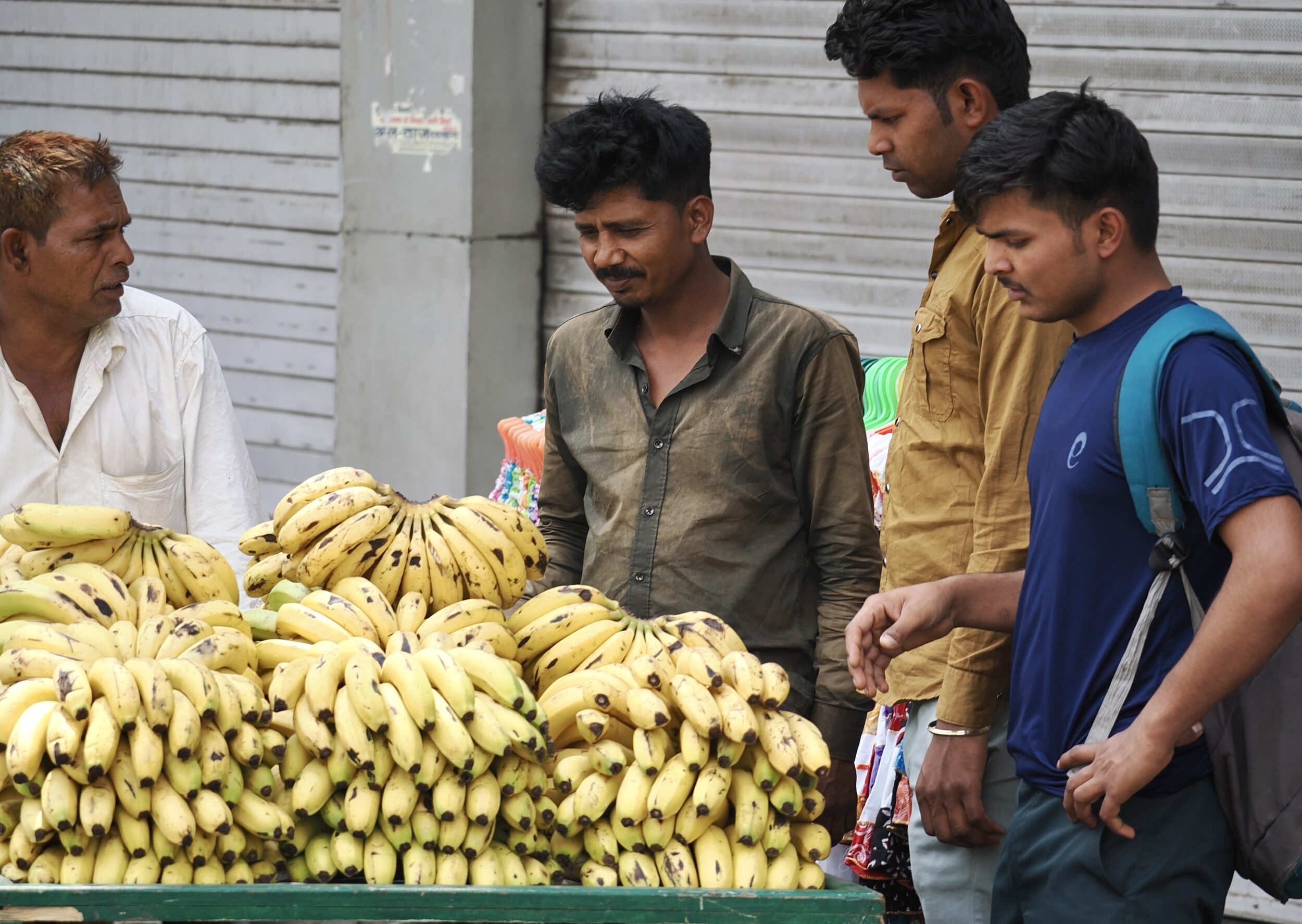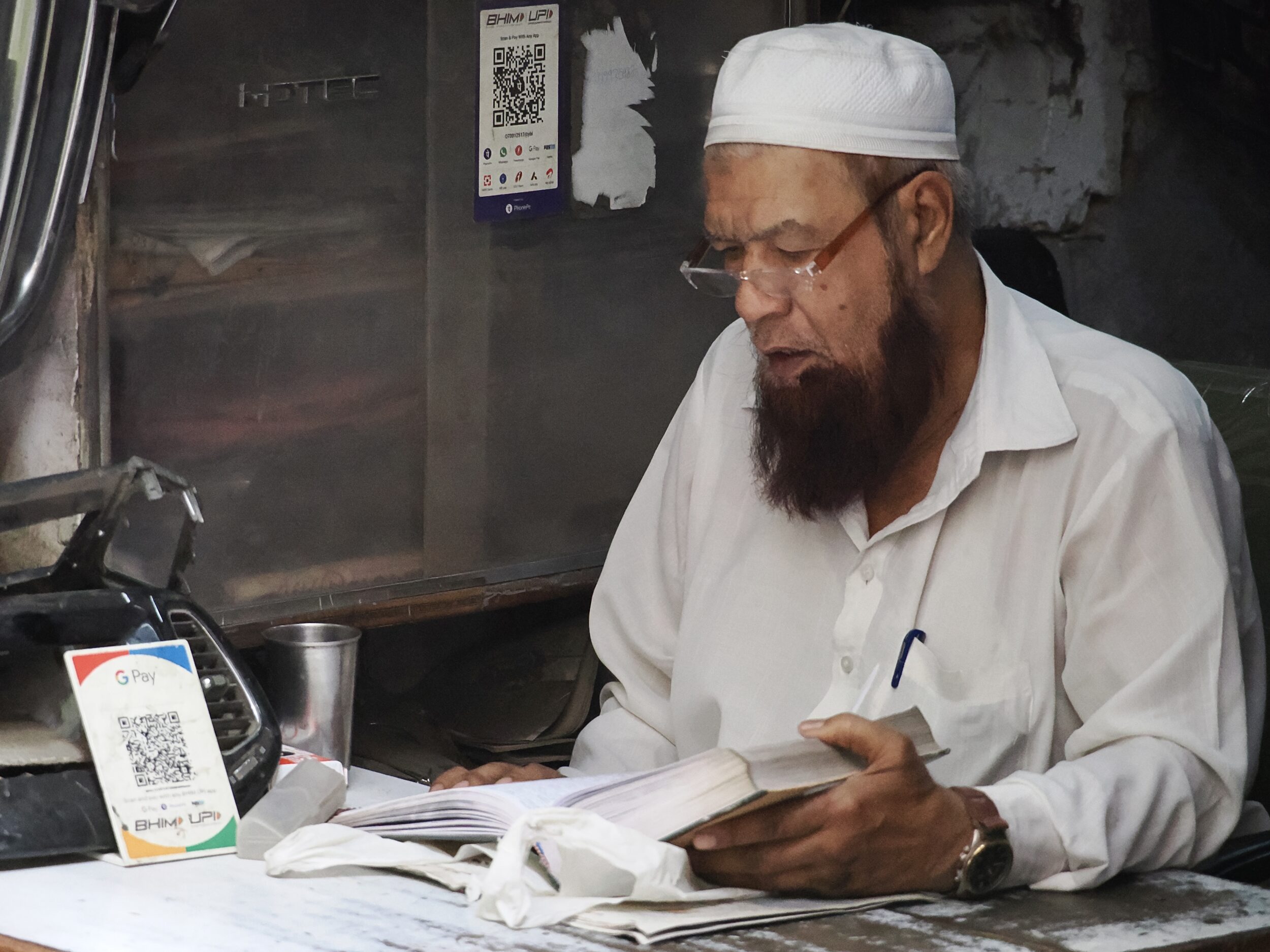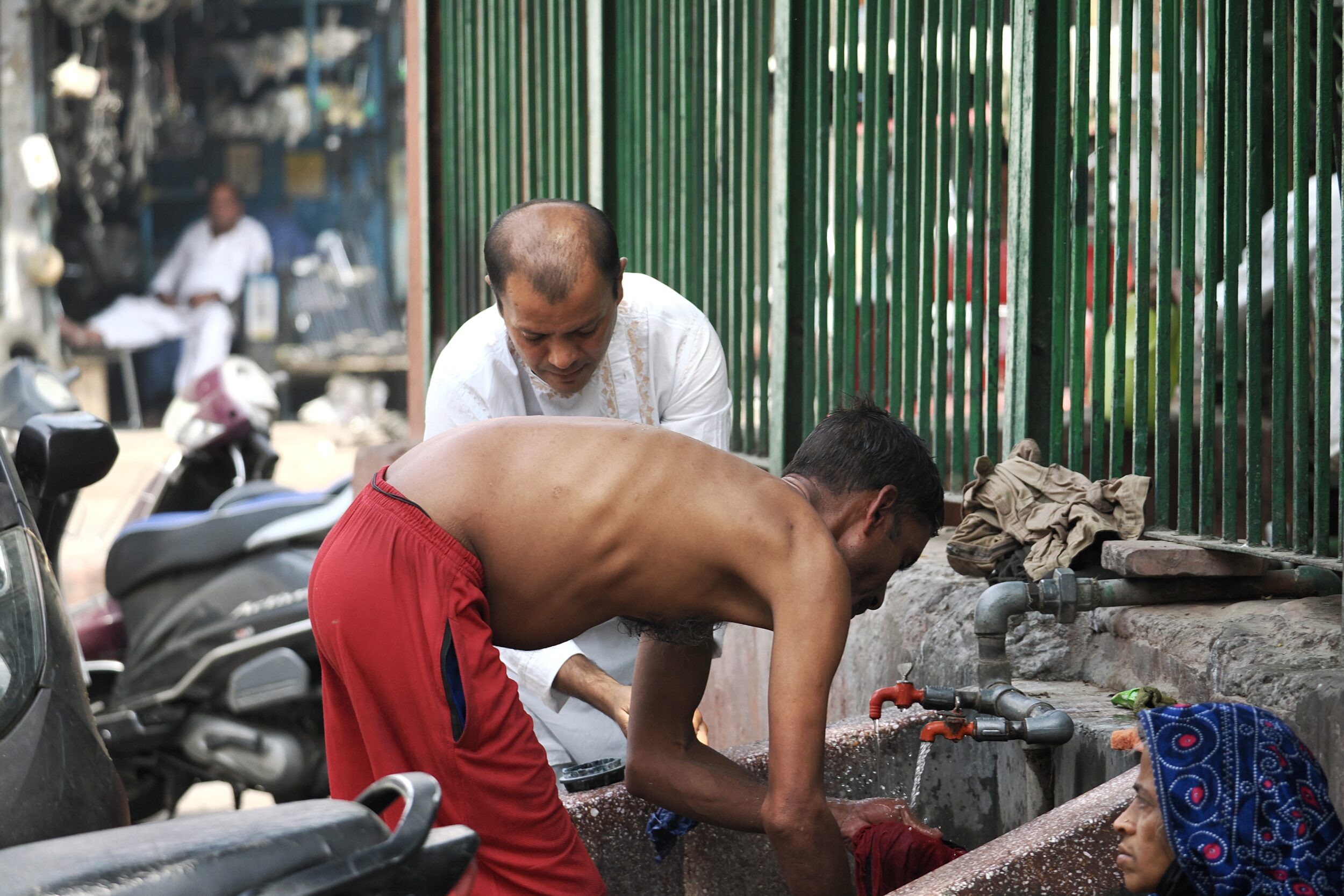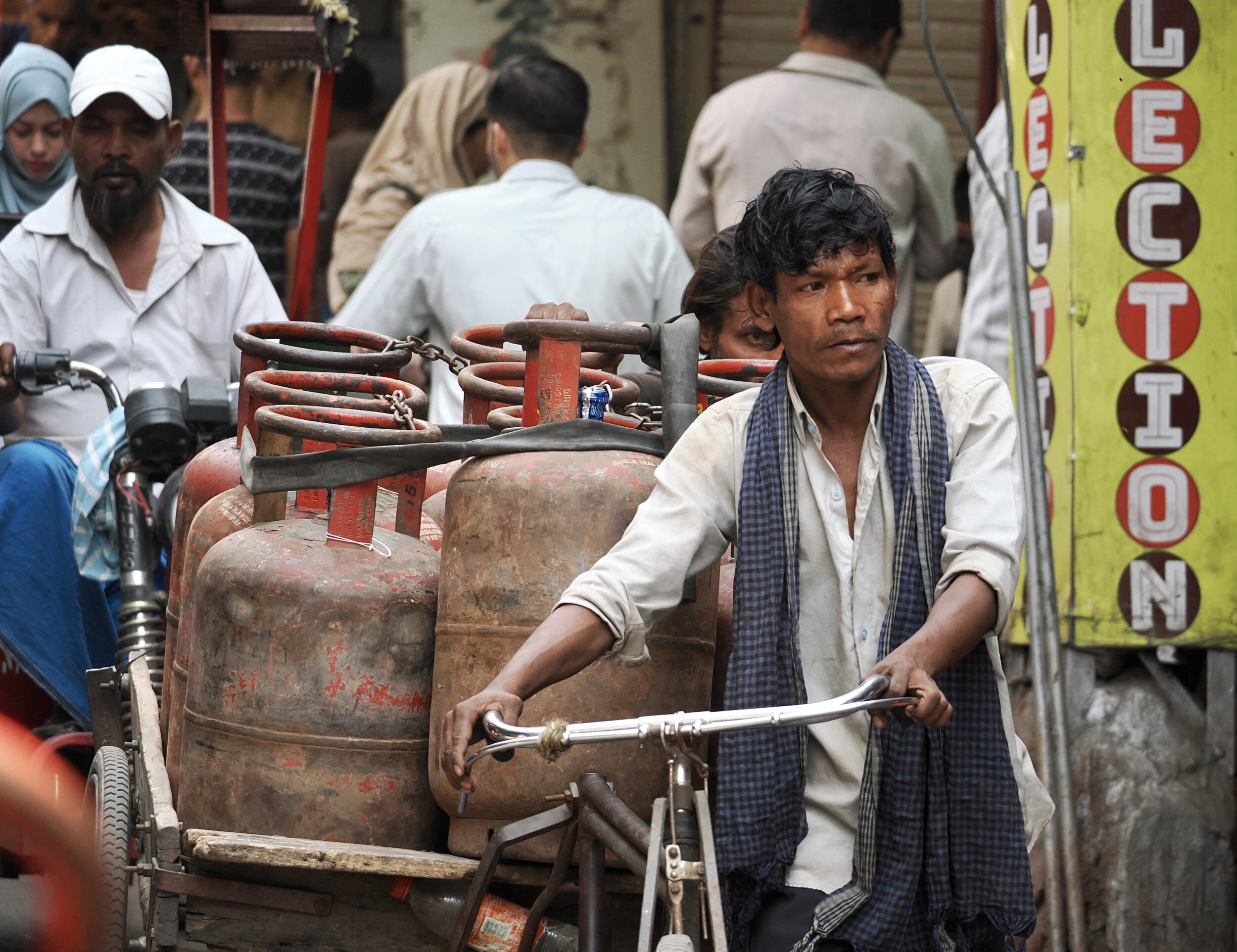I am very sure that the images in this second chapter of our Dal Lake series are much more representative of most tourists’ experience on Dal Lake in 2024 than were the first chapter’s photos.
Forty years ago, Indian-controlled Kashmir – Dal Lake, most especially – hosted many Western visitors.
Whether “truth-seekers”/“hippies”, “adventurers”, “nature lovers”, people who preferred “luxury” accommodation, or those who relished “roughing it”, everyone who told me about their Dal Lake experiences spoke glowingly, fondly.
A “return visit” – now – would surely shock most of them.
Comments closed